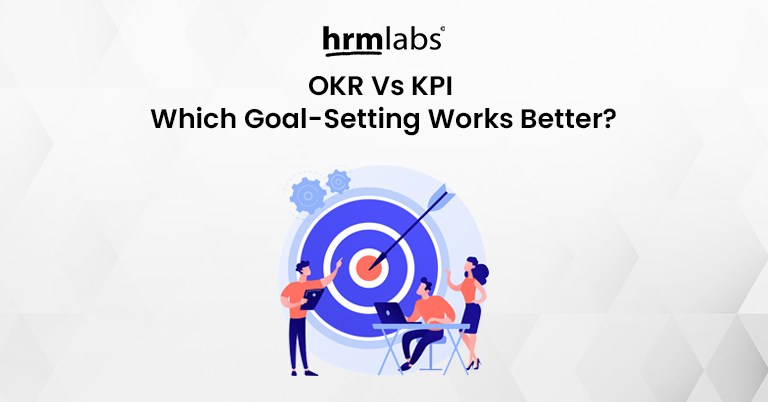If you are part of today’s Singapore ultra competitive business landscape, you are probably seeking ways to enhance your business performance and achieve strategic objectives. The two most popular methods that can drive success are Objectives and Key Results (OKR) and Key Performance Indicators (KPI).
Understanding OKR and KPI
OKR, which stands for Objectives and Key Results, is a goal-setting framework that brings clarity, transparency, and accountability to the company objectives. It encourages teams to set ambitious goals and measurable key results, fostering a culture of innovation and growth.
Meanwhile, KPIs, or Key Performance Indicators, provide specific metrics to measure performance and progress towards strategic goals. KPIs are crucial in evaluating success and ensuring alignment with the company objectives.
OKR vs KPI: Key Similarities and Differences
While both OKR and KPI are valuable methodologies for driving performance and achieving business goals, they have distinct characteristics. OKR emphasizes flexibility and adaptability, allowing teams to set ambitious objectives and adjust their approach as needed. It encourages collaboration and innovation across teams, fostering a culture of continuous improvement.
On the other hand, KPIs are more focused and rigid, providing specific metrics to measure performance against predefined targets. KPIs are often used to evaluate individual or departmental performance and ensure accountability.
Leveraging HRMS for OKR and KPI
Implementing and tracking OKRs and KPIs can be made more efficient and effective with the use of a Human Resource Management System (HRMS). In Singapore, where efficiency and productivity are highly valued, an HRMS can be a game-changer. An HRMS provides a centralized platform for setting and tracking OKRs and KPIs, allowing employees and managers to define objectives, monitor progress, and provide real-time updates. This streamlines the goal-setting process and ensures transparency and alignment across the company.
Furthermore, an HRMS simplifies performance management by automating performance reviews, facilitating feedback mechanisms, and aligning individual goals with business objectives. This helps companies in Singapore foster a culture of continuous improvement and employee development.
Conclusion
In Singapore’s dynamic business environment, OKR and KPI methodologies can be powerful tools for driving performance and achieving strategic objectives. By leveraging an HRMS, companies can streamline the implementation and tracking of OKRs and KPIs, leading to improved performance, increased employee engagement, and better decision-making based on data-driven insights.
As Singapore continues to embrace digital transformation and prioritize efficiency, the combination of OKR, KPI, and HRMS can be a winning formula for companies looking to maximize their performance and achieve their goals in the Lion City.



